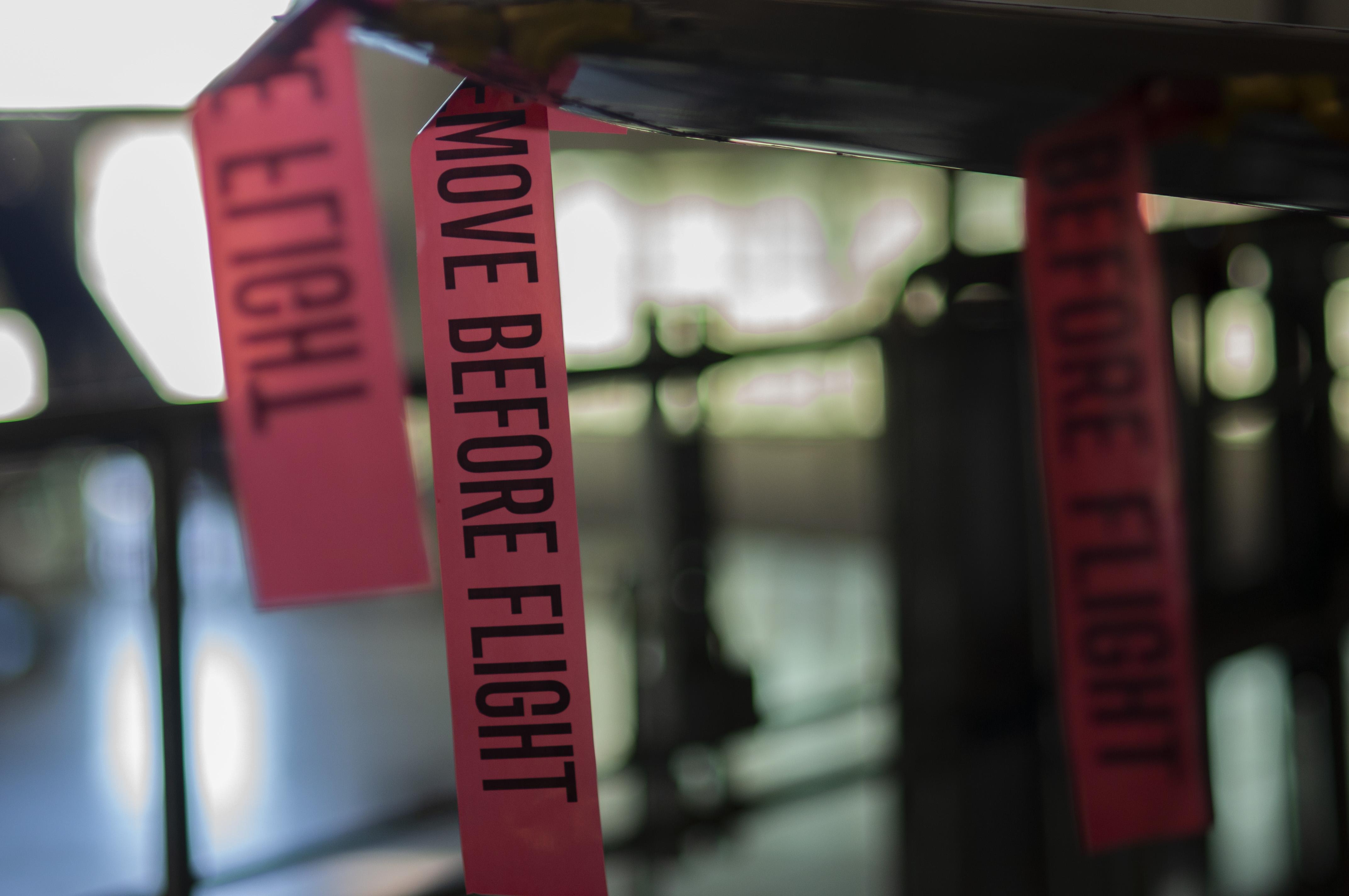
Efforts to preserve liquidity have left many European airlines reviewing their maintenance arrangements, with some looking at deferring payments due to MRO providers while others are temporarily downsizing their staff numbers.
As of April 21, Aviation Week's Fleet Discovery data shows 56% of the global aircraft fleet is either parked, parked/reserve (only flying 1-2 days during a 7 day period) or in storage.
Without passenger revenues, airlines have had to examine all parts of the business for financial self-preservation. Carriers not possessing extensive in-house MRO capabilities that commonly outsource work to third-party providers have looked at deferring scheduled work, such as costly and man-hour intensive heavy maintenance checks.
One of these operators is Croatia Airlines, which has already looked at re-evaluating maintenance contracts. “We are in continuous talks with our partners and maintenance providers to find the mutually acceptable solutions [for] how to overcome this really difficult and unexpected situation,” says Davor Bujan, the carrier’s technical director.
MRO providers already are seeing this, and while having to temporarily forgo valuable revenues will certainly cause a headache, there is an acceptance that they will need to adjust. UK independent MRO Caerdav is seeing airlines express these wishes. “Airlines are understandably and rightly trying to keep cash in their business. We’re working closely with our customers on flexible arrangements,” says the company’s commercial director Ben Lee.
In contrast to much of Europe, Sweden has taken a different approach to tackling the novel coronavirus pandemic by not enforcing lockdowns across its society. While in some respects a business as usual approach has been adopted, the impact of COVID-19 on its aviation industry has still been felt—particularly at the region’s largest carrier, Scandinavian Airlines.
SAS has grounded nearly all of its 118 aircraft fleet. While over the past four years it has looked to outsource more of its maintenance work to third-party providers, it says it may have to look at performing more tasks in-house on its grounded fleet. In the interim, it expects to perform parked aircraft maintenance tasks.
“As seen in the rest of the aviation industry, we are experiencing extremely challenging times with a large number of temporary layoffs,” an SAS spokesperson told Aviation Week. Despite the obvious challenge, the carrier says that, to date, it hasn’t asked for maintenance payment deferrals.
However, one measure has been to temporarily lay off some of its maintenance division’s workforce. Last month, SAS temporarily cut staff by 90%, amounting to around 10,000 people, with some cuts made to its maintenance division, which solely carries out in-house fleet work. “The situation is quite dramatic with lay-offs and the need to increase efficiency and flexibility,” the airline’s spokesperson says. "We need to be able to absorb fixed cost with the new lower demands. It will take years until we will get back to normal, if ever.”
This move has since been mirrored by the likes of UK-low-cost carrier easyJet. Last week, it confirmed that some maintenance and engineering professionals were included in the furloughing of around 4,000 of its 9,000 staff, which will see the airline tap into the UK government’s job retention scheme.
While many in the industry still remain optimistic about its chances of bouncing back in the long-term, they also accept that a very different-looking aftermarket could be on the horizon.





